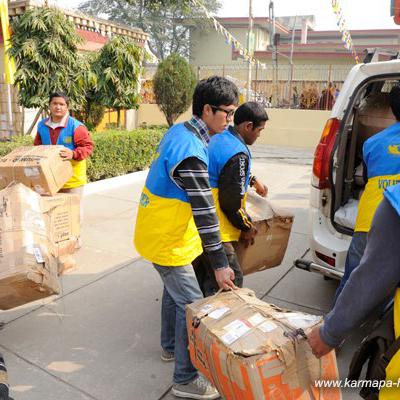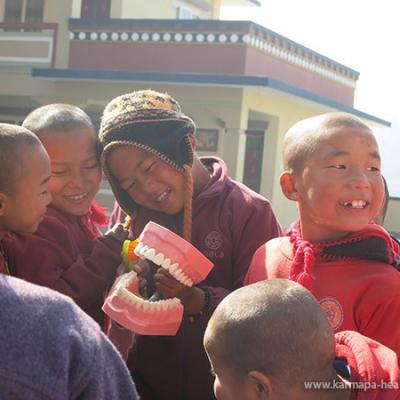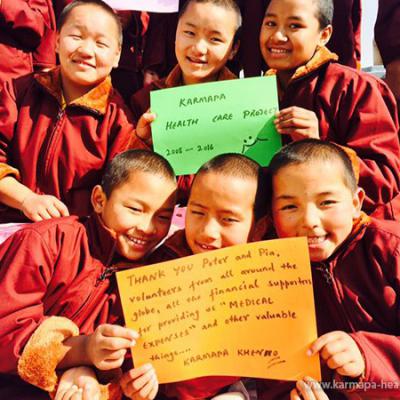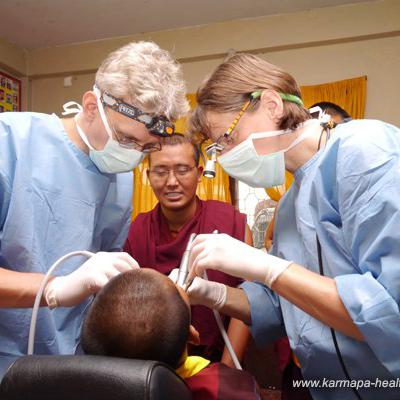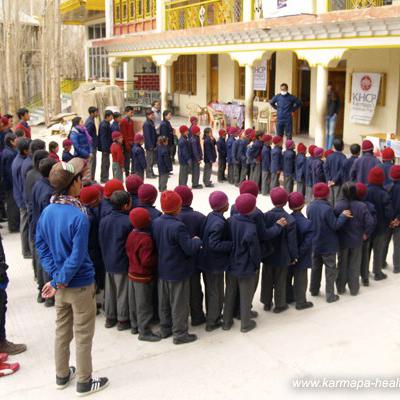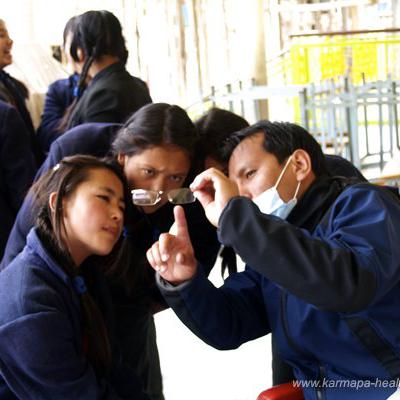May. 27, 2015: Interview with University Hospital Kathmandu
Interview of Dr Angelika Leist (KHCP) with Dr Ram Sheestra (director of the University Hospital Kathmandu in Dhulikhel) talking about the situation and the work after the earthquake.
Activity of the Dhulikhel Hospital and its 30 branches in the four weeks after the earthquake
Saturday, April 25 (Sunday in Nepal), business as usual, only emergency staff
3 hours after the earthquake, about 500 employees on duty, despite breakdown of telecommunications and damage or destruction of 50% of the staff living quarters
Life-saving operations started simultaneously in all of the nine operating theatres;
Staff working all shifts for 72 hours, with the occasional 1-2 hours of sleep from exhaustion
After three days work resumed to 12-hour day and night shifts
Most hospitals in the Kathmandu valley were shut down in the first two days.
People were brought in by helicopter, tractors, trucks, car and on foot; covered in debris and loam of the collapsed houses; lying dirty in beds, corridors, on the floor, cleaned with wet cloths or hosed down outside, showing coloured dots: green, yellow, orange and red, depending on the severity of the injuries; provided with number plates and treated free without registration.
About 3,000 large and small operations were conducted, mainly open and closed fractures, as well as cases of simple and multiple fractures of ribs and vertebrae; often with complications like haemorrhages in the chest or necessary amputations.
All earthquake victims were regarded as charity cases!
The number of treated patients in the hospital and its branches: 6,000
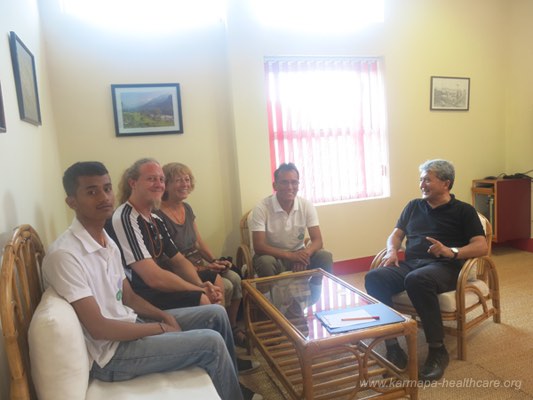 Dr. Ram Sheestra (right) and the KHCP-medical group
Dr. Ram Sheestra (right) and the KHCP-medical group
On April 28, today, there are still 450 inpatients, 300 of which were earthquake victims who were continued to be treated for free.
The patients’ family members received gratuitous meals from a tented outdoor kitchen.
Five big problems in the hospital during the catastrophe:
- No electricity for three days in Dhulikhel;
generators provided emergency power only for lighting in the operating theatres and patient rooms;
not enough power for x-ray, CT or washing machines to clean the scrubs. - profound lack of water; complete breakdown of water supplies for hours, continuing to this day
- no communications due to power failure, landlines down, mobile networks rebooted after a few hours
- traffic chaos: roads leading to hospital were blocked by vehicles for a long time
- shelters: in the face and fear of aftershocks accommodations at ground level in scarce supply; up to May 22, there were 250 !!!! smaller earthquakes with magnitudes of above 4 on the Richter scale.

